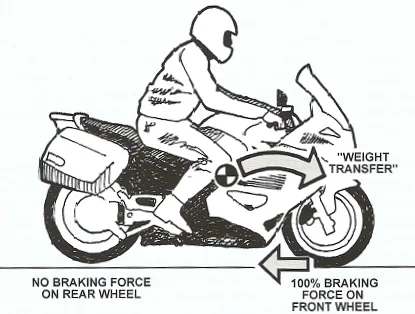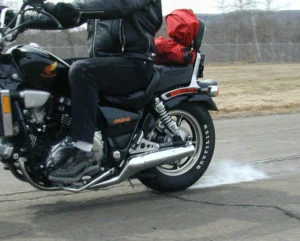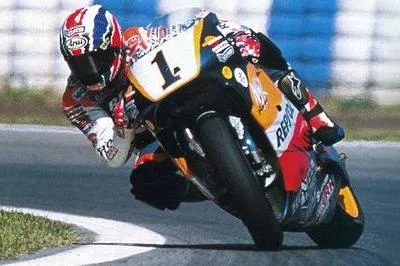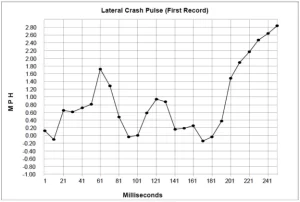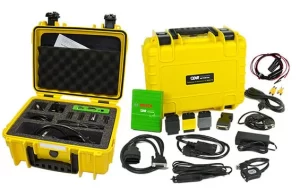In the United States there are 11 million motor vehicle accidents each year, more than 400,000 of which result in death. The most common injuries resulting from automobile accidents are to the head, brain, neck, and low back. The evaluation of such cases often involves a team of experts, including accident reconstruction, biomechanics and human factors experts.
As an expert witness in biomechanics and human factors as well as a certified accident reconstructionist for motorcycle crashes, automobile accident, and truck collisions, r. John Lloyd is a highly qualified testifying expert witness.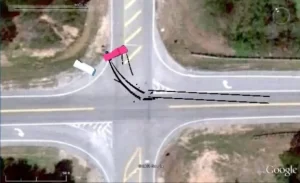
Accident Reconstruction
First the accident reconstructionist evaluates the physical evidence from a crash scene, including skid marks, gouges and other roadway markings, along with crush information from the vehicles along with their final rest positions. This evidence is used to calculate the change in velocity of the subject vehicles.
Biomechanical Analysis
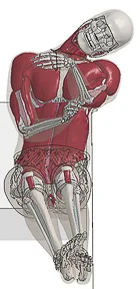 The complete anatomy of the crash (pre and post impact vehicle speeds, whether or not seat belts were worn, faulty airbags, etc.) is conveyed to the biomechanics expert.
The complete anatomy of the crash (pre and post impact vehicle speeds, whether or not seat belts were worn, faulty airbags, etc.) is conveyed to the biomechanics expert.
Biomechanists use this information to determine occupant kinematics (motion of the vehicle occupants in response to the impact), kinetics (forces acting on various body parts as a result of the collision) and injury mechanisms. This can include the impact to the head and forces transmitted to the brain, blunt trauma to the low back, and shear forces to the cervical vertebrae. Findings are used to determine whether impact locations and forces provide a causal explanation for claimed injuries. Hence the biomechanist can provide rationale as to whom was at fault for the sustained injuries.
As an expert witness in biomechanics and human factors as well as a certified accident reconstructionist for motorcycle crashes, automobile accidents, truck collisions, in addition to bicycle and pedestrian accidents, Dr. John Lloyd is highly valued expert for the evaluation of motor vehicle crashes.
Call Dr. Lloyd at 813-624-8986 or email DrJohnLloyd@Tampabay.RR.com to discuss how he can be of help to you with your case.

